Namibia - choise of National Parks
Frank Steffen
In sheer size, Namibia must easily be the country in the world that has the largest area dedicated to conservation of the environment. For the purpose of raising your interest and allowing you to more easily find what you are looking for, we give a round-up of the existing parks in an order that follows a route from the south along the western coast and up towards the central north and north, before returning to Windhoek.
Namibia's southern wonders
The /Ai-/Ais Hot Springs Game Park is essentially part of the /Ai-/Ais-Richtersveld Trans-frontier Park, combining the Namibian portion that reaches down to the Orange River in the South, with the Richtersveld National Park found in the north-west of South Africa. The trans-border park came into existence through a bilateral conservation treaty in 2003 between these two neighbouring countries. /Ai-/Ais means “burning water” in the Nama language, referring to the renowned hot water springs and its NWR-resort. This is the final destination for all hikers that venture down the Fish River Canyon, which is the second-largest canyon in the world and approximately 600 million years old.
Just west of the /Ai-/Ais Hot Springs Game Park, you find the Tsau //Khaeb (Sperrgebiet) National Park. It was only opened up recently, after having been declared a park in 2008 already. Delve into previous TN-editions to find out more, but suffice to say, that the two Nama words translate into “soft sand”. The Sperrgebiet was a restricted mining area dating back to colonial times in 1908 and encompasses roughly 22000 square kilometres of sandy shores along the Benguela Current’s wild southern coast and rocky headlands as well as inlets in the north. Visit the area near Luderitz and take part in guided tours to the Kolmanskop Museums and adjoining ruins, while extending your visit to Elizabeth Bay, Pomona and the famous Bogenfels (rock arch).
The Namib-Naukluft National Park with a size of 49768 km² is clearly one of the biggest parks, but is in truth an amalgamation of two parks, the Namibia Desert Park declared as such in 1907 and the Naukluft Mountain Zebra Park established in 1968 (intended to protect the indigenous Hartmann Zebra). The Park stretches from the Sperrgebiet right up to Walvis Bay and is sandwiched between the Namib escarpment in the east and the Atlantic Ocean in the West. It is home to some of the world’s highest dunes alongside the world-renowned Sesriem Canyon and Sossusvlei. The park is host to a number of ephemeral rivers, of which the Gaub- and Kuiseb Rivers are the ones flowing more regularly, feeding the reclusive desert-adapted animals as well as unique reptile population and hardy flora, including Namibia’s national plant, the endemic Welwitschia mirabilis.
You may want to take part in a guided tour leading from Luderitz to Walvis Bay along the coast, allowing you to become one of the few witnesses of the mining activities dating back to colonial times, when the diamond rush lured people into this desert, establishing mining towns like Charlottental - similar to Kolmanskop or Pomona at Luderitz, but more remote.
The natural beauty and its many miracles are continued seamlessly into the neighbouring Dorob National Park (Namibia’s newest addition) on the outskirts of the coastal towns of Walvis Bay and Swakopmund.
Visting the Skeleton Coast
Leaving Swakopmund in a northerly direction you will approach Henties Bay, the much-loved fishing Mecca of Namibia. And just another 60 kilometres along the coast you will reach the Cape Cross Seal Reserve. It is here that the Portuguese navigator, Diego Cão, landed in 1486 - on his second expedition south of the equator - in order to plant a padrão (stone cross) to mark his journey. This sanctuary serves the world’s largest breeding colony of Cape fur seals, with up to 210000 seals present during the breeding season in November and December.
Another 75 kilometres up along this Skeleton coast - so named after the many ships that have stranded here - you will enter the Skeleton Coast National Park at the mouth of the Ugab River. The park has much more to offer than just the two better known sites Tora Bay and Terrace Bay, as enjoyable as they might be. It stretches up to the mouth of the mighty Kunene River and you will be privy to witnessing desert-adapted elephant and lions apart from the springbok, Hartmann zebra and oryx. Do not be surprised to watch Heaviside’s dolphin and other sea life as you proceed along the coast.
If you join a guided tour, you will be able to enjoy the trip of a lifetime up to the mouth of the Kunene and proceed from there to Serra Kafema in the Kaokoveld (refer conservancy article in this edition). “Kaoko” is home to the Rhino. This park too has been integrated into a trans-border park, the Iona- Skeleton Coast Trans-frontier Conservation Area, which reaches into the south-western conservation areas of Angola.
The unique Etosha
Proclaimed as a park in 1907, the Etosha National Park is the best-known park of Namibia and needs no introduction, bar mentioning that it is one of the largest parks in Africa and unique on account of its huge salt pan, that can be distinguished from outer space. It is home to more than 100 large and small mammal species, more than 400 recorded bird species and scores of reptiles, even a fish species. Namutoni, Halali and Okaukuejo are the better known rest camps, but do not discount the Elephant Camp near the Galton Gate at Otjovasando. Visit https://www.etoshanationalpark.org/ to find out more.
KAZA is a Paradise
The Kavango-Zambezi Trans-frontier Conservation Area is still a relatively new concept that truly reflects on Africa’s intent to start ignoring borders stemming from colonial times. It spans a number of national parks in Namibia, Botswana, Angola, Zambia and Zimbabwe with a mindboggling, biodiverse ecology.
In Namibia, the KAZA-park includes the Khaudum National Park (affectionately known as Bushmanland) and it includes almost the whole area of what was previously known as Caprivi Strip - now Namibia’s Kavango- and Zambezi Regions. Along the way you will enter and leave the Mangetti National-, the Bwabwata National- and the Mudumu National Parks, while probably stopping over at the Popa Game Park to marvel at the Popa rapids, before the Okavango River enters its delta on Botswana’s side.
These areas teem with elephant and the African buffalo, but also the most stupendous choice of birdlife - true to it’s often jungle nature. In terms of lesser seen antelope, you will encounter the tsessebe (Damaliscus lunatus lunatus), the waterbuck (Kobus ellipsiprymnus) and sable antelope (Hippotragus niger). These experiences are likely to be extended to the Nkasa Rupara National Park in the Linyanti triangle further east. Read up about choice in these parts of the world in previous TN-editions or on our website: https://www.tourismus.com.na/
And as you return back towards Windhoek, you might want to have a final respite at the magic Waterberg Plateau Park near Otjiwarongo, where once again you will encounter the unique African buffalo (the only ones south of the veterinary cordon of the north) and you might want to enjoy a game drive so as to encounter rhino and many other game species.
As a visitor to Namibia, you may choose to rest on your way to- or back from these far-outlying destinations. No matter which park you choose, you will be able to spend some quality time at the parks’ rest camps or chose between a huge numbers of accommodations near these sites. To that end you would be well advised to keep in mind such beautiful places as the little Daan Viljoen Game Reserve found close to Windhoek, or the Hardap Recreational Resort very close to Mariental - if you took your boat for fishing along the Namibian coast, you can let it to water here one last time. You might otherwise want to visit the NWR-resort at Gross Barmen Hot Springs near Okahandja as a stop-over, or for those who enjoy watching birds and studying rare plants (with a focus on Aloes), the National Botanic Garden in Windhoek is a must-stop.
In sheer size, Namibia must easily be the country in the world that has the largest area dedicated to conservation of the environment. For the purpose of raising your interest and allowing you to more easily find what you are looking for, we give a round-up of the existing parks in an order that follows a route from the south along the western coast and up towards the central north and north, before returning to Windhoek.
Namibia's southern wonders
The /Ai-/Ais Hot Springs Game Park is essentially part of the /Ai-/Ais-Richtersveld Trans-frontier Park, combining the Namibian portion that reaches down to the Orange River in the South, with the Richtersveld National Park found in the north-west of South Africa. The trans-border park came into existence through a bilateral conservation treaty in 2003 between these two neighbouring countries. /Ai-/Ais means “burning water” in the Nama language, referring to the renowned hot water springs and its NWR-resort. This is the final destination for all hikers that venture down the Fish River Canyon, which is the second-largest canyon in the world and approximately 600 million years old.
Just west of the /Ai-/Ais Hot Springs Game Park, you find the Tsau //Khaeb (Sperrgebiet) National Park. It was only opened up recently, after having been declared a park in 2008 already. Delve into previous TN-editions to find out more, but suffice to say, that the two Nama words translate into “soft sand”. The Sperrgebiet was a restricted mining area dating back to colonial times in 1908 and encompasses roughly 22000 square kilometres of sandy shores along the Benguela Current’s wild southern coast and rocky headlands as well as inlets in the north. Visit the area near Luderitz and take part in guided tours to the Kolmanskop Museums and adjoining ruins, while extending your visit to Elizabeth Bay, Pomona and the famous Bogenfels (rock arch).
The Namib-Naukluft National Park with a size of 49768 km² is clearly one of the biggest parks, but is in truth an amalgamation of two parks, the Namibia Desert Park declared as such in 1907 and the Naukluft Mountain Zebra Park established in 1968 (intended to protect the indigenous Hartmann Zebra). The Park stretches from the Sperrgebiet right up to Walvis Bay and is sandwiched between the Namib escarpment in the east and the Atlantic Ocean in the West. It is home to some of the world’s highest dunes alongside the world-renowned Sesriem Canyon and Sossusvlei. The park is host to a number of ephemeral rivers, of which the Gaub- and Kuiseb Rivers are the ones flowing more regularly, feeding the reclusive desert-adapted animals as well as unique reptile population and hardy flora, including Namibia’s national plant, the endemic Welwitschia mirabilis.
You may want to take part in a guided tour leading from Luderitz to Walvis Bay along the coast, allowing you to become one of the few witnesses of the mining activities dating back to colonial times, when the diamond rush lured people into this desert, establishing mining towns like Charlottental - similar to Kolmanskop or Pomona at Luderitz, but more remote.
The natural beauty and its many miracles are continued seamlessly into the neighbouring Dorob National Park (Namibia’s newest addition) on the outskirts of the coastal towns of Walvis Bay and Swakopmund.
Visting the Skeleton Coast
Leaving Swakopmund in a northerly direction you will approach Henties Bay, the much-loved fishing Mecca of Namibia. And just another 60 kilometres along the coast you will reach the Cape Cross Seal Reserve. It is here that the Portuguese navigator, Diego Cão, landed in 1486 - on his second expedition south of the equator - in order to plant a padrão (stone cross) to mark his journey. This sanctuary serves the world’s largest breeding colony of Cape fur seals, with up to 210000 seals present during the breeding season in November and December.
Another 75 kilometres up along this Skeleton coast - so named after the many ships that have stranded here - you will enter the Skeleton Coast National Park at the mouth of the Ugab River. The park has much more to offer than just the two better known sites Tora Bay and Terrace Bay, as enjoyable as they might be. It stretches up to the mouth of the mighty Kunene River and you will be privy to witnessing desert-adapted elephant and lions apart from the springbok, Hartmann zebra and oryx. Do not be surprised to watch Heaviside’s dolphin and other sea life as you proceed along the coast.
If you join a guided tour, you will be able to enjoy the trip of a lifetime up to the mouth of the Kunene and proceed from there to Serra Kafema in the Kaokoveld (refer conservancy article in this edition). “Kaoko” is home to the Rhino. This park too has been integrated into a trans-border park, the Iona- Skeleton Coast Trans-frontier Conservation Area, which reaches into the south-western conservation areas of Angola.
The unique Etosha
Proclaimed as a park in 1907, the Etosha National Park is the best-known park of Namibia and needs no introduction, bar mentioning that it is one of the largest parks in Africa and unique on account of its huge salt pan, that can be distinguished from outer space. It is home to more than 100 large and small mammal species, more than 400 recorded bird species and scores of reptiles, even a fish species. Namutoni, Halali and Okaukuejo are the better known rest camps, but do not discount the Elephant Camp near the Galton Gate at Otjovasando. Visit https://www.etoshanationalpark.org/ to find out more.
KAZA is a Paradise
The Kavango-Zambezi Trans-frontier Conservation Area is still a relatively new concept that truly reflects on Africa’s intent to start ignoring borders stemming from colonial times. It spans a number of national parks in Namibia, Botswana, Angola, Zambia and Zimbabwe with a mindboggling, biodiverse ecology.
In Namibia, the KAZA-park includes the Khaudum National Park (affectionately known as Bushmanland) and it includes almost the whole area of what was previously known as Caprivi Strip - now Namibia’s Kavango- and Zambezi Regions. Along the way you will enter and leave the Mangetti National-, the Bwabwata National- and the Mudumu National Parks, while probably stopping over at the Popa Game Park to marvel at the Popa rapids, before the Okavango River enters its delta on Botswana’s side.
These areas teem with elephant and the African buffalo, but also the most stupendous choice of birdlife - true to it’s often jungle nature. In terms of lesser seen antelope, you will encounter the tsessebe (Damaliscus lunatus lunatus), the waterbuck (Kobus ellipsiprymnus) and sable antelope (Hippotragus niger). These experiences are likely to be extended to the Nkasa Rupara National Park in the Linyanti triangle further east. Read up about choice in these parts of the world in previous TN-editions or on our website: https://www.tourismus.com.na/
And as you return back towards Windhoek, you might want to have a final respite at the magic Waterberg Plateau Park near Otjiwarongo, where once again you will encounter the unique African buffalo (the only ones south of the veterinary cordon of the north) and you might want to enjoy a game drive so as to encounter rhino and many other game species.
As a visitor to Namibia, you may choose to rest on your way to- or back from these far-outlying destinations. No matter which park you choose, you will be able to spend some quality time at the parks’ rest camps or chose between a huge numbers of accommodations near these sites. To that end you would be well advised to keep in mind such beautiful places as the little Daan Viljoen Game Reserve found close to Windhoek, or the Hardap Recreational Resort very close to Mariental - if you took your boat for fishing along the Namibian coast, you can let it to water here one last time. You might otherwise want to visit the NWR-resort at Gross Barmen Hot Springs near Okahandja as a stop-over, or for those who enjoy watching birds and studying rare plants (with a focus on Aloes), the National Botanic Garden in Windhoek is a must-stop.



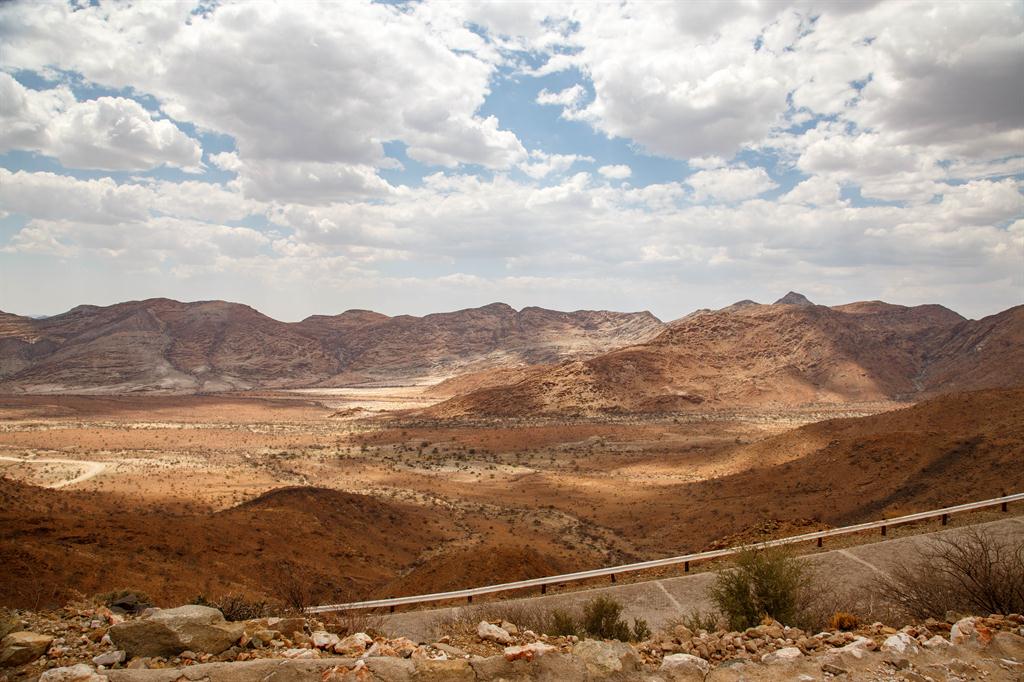
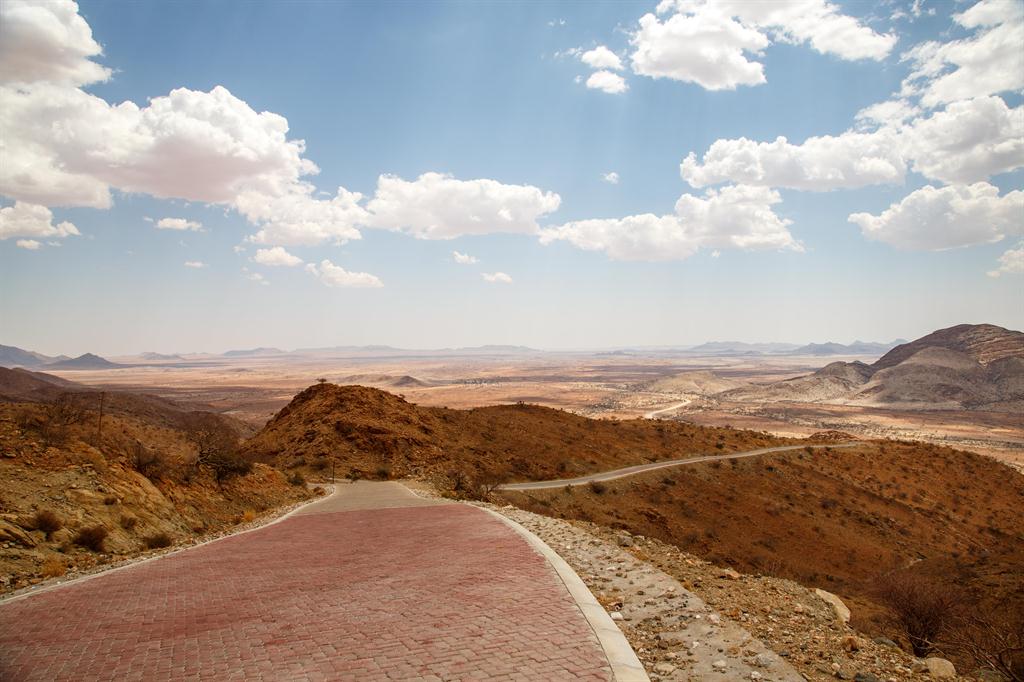
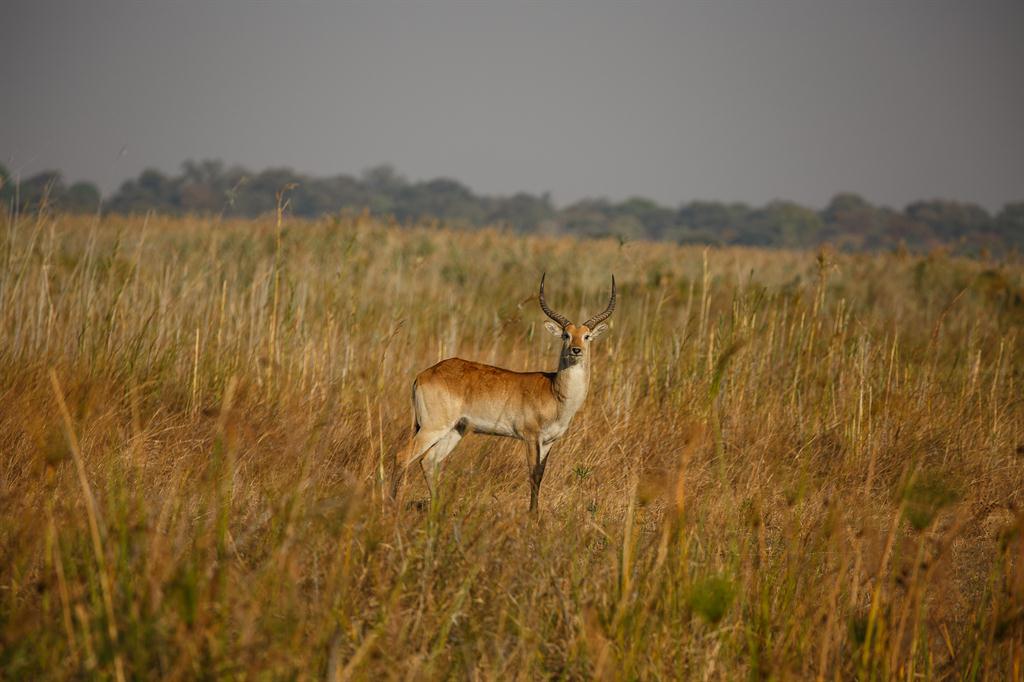

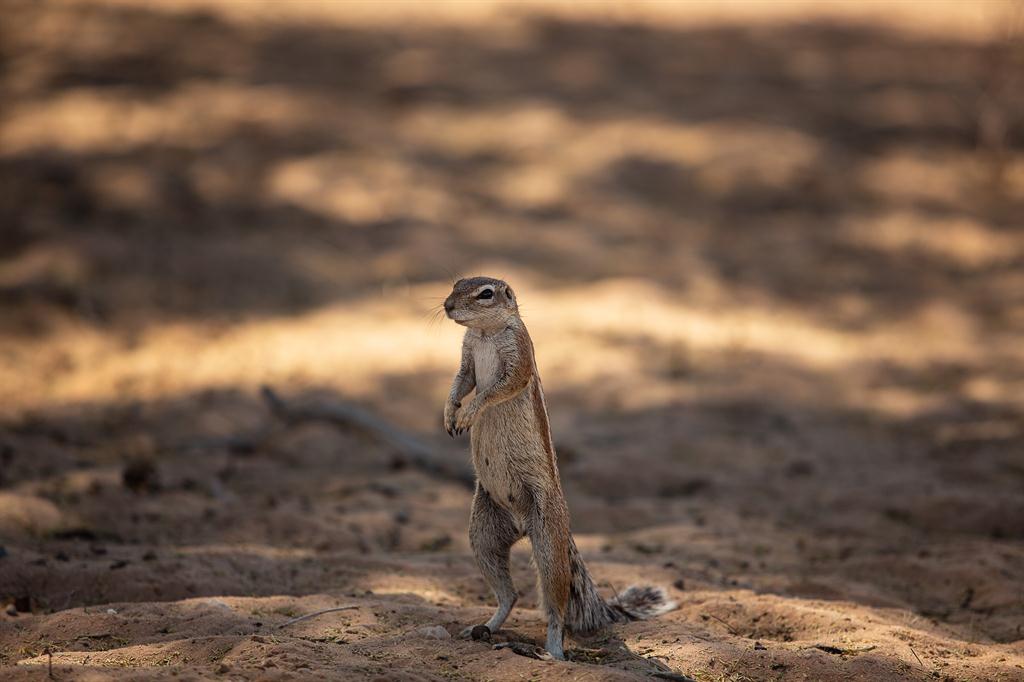
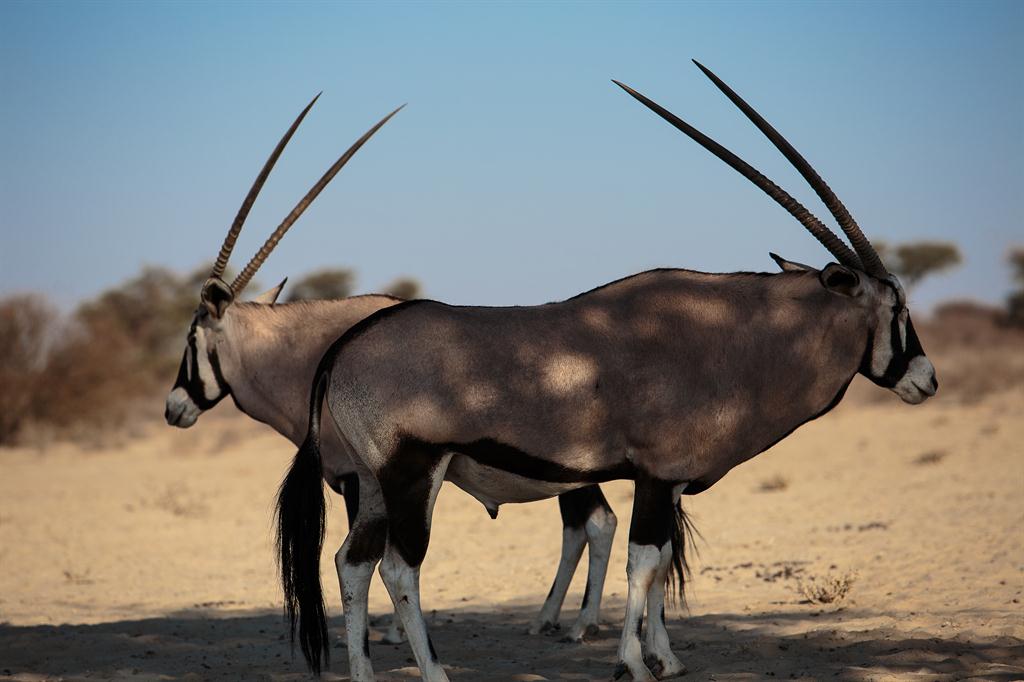


Kommentar
Allgemeine Zeitung
Zu diesem Artikel wurden keine Kommentare hinterlassen